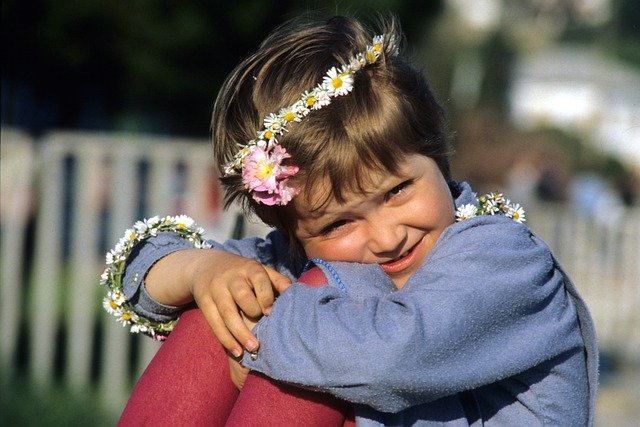10 Facts About Life Expectancy in Slovenia

Slovenia is a small, coastal country in Southeastern Europe and is an average country in the EU by many measures. However, the country’s life expectancy is higher than many of its neighbors, despite commonly held unhealthy habits. Here are 10 facts about life expectancy in Slovenia.
10 Facts About Life Expectancy in Slovenia
- As of 2020, the average life expectancy at birth is 81.4 years. Men live to age 78 years on average while women live to about 84 years. This is significantly higher than Slovenia’s neighbors, Bosnia, Croatia, Hungary and Serbia, and the EU as a whole. A rapid increase in life expectancy at birth in recent years is likely the cause.
- Between 1950 and 2020, life expectancy in Slovenia rose by more than 15 years. The average age of death in 1950 was only 64.7 years.
- Life expectancy is greater in southwestern Slovenia than in northeastern Slovenia. The Mediterranean lifestyle in the south is thought to account for some of the difference.
- Mortality from cancer is higher than the OECD average. 243 people per 100,000,000 die from cancer, above the average of 201. It ranks third highest for all OECD countries. One reason could be poor cancer management among men. The most common cause of death from cancer is lung cancer. However, the cancer mortality rate has been falling in recent decades, in part due to a decrease in smoking among men.
- One study largely attributed the rise in life expectancy in Slovenia to a proportional decline in deaths from circulatory diseases and cancer during that time. There were greater gains for older adults than for adults of working age. Like many countries in the world, Slovenia is expected to face new socioeconomic challenges due to an aging population.
- 92 percent of people believe they know someone they can turn to in times of need. This fact might be one of the biggest reasons behind the relatively high life expectancy in Slovenia. A study published in 2002 that followed adults from 18-95 showed that those who had adult children or living parents saw an increase in life expectancy.
- The suicide rate in Slovenia is declining. It still remains high, but it’s at a much lower level than it was 15 years ago when the number of deaths attributed to suicide was 529 people per year. In 2014, 388 people committed suicide which was the first time that the number of deaths fell below 400 in four decades. NGOs have aided in suicide prevention by offering psychological assistance and creating suicide helplines. Ozara is one such organization. They provide psychosocial support for people with chronic mental illness so that they can reintegrate into society.
- Compared to the OECD average, Slovenians are less satisfied with life. Despite having a high life expectancy, Slovenians are not particularly satisfied with their lives on average. Wealth inequality is high, with the top 20 percent earning four times as much as the bottom 20 percent.
- Smoking and alcohol consumption in Slovenia are greater than average. 19 percent of Slovenians smoke every day, and it has the fifth-highest alcoholism rate, both of which may contribute to the country’s high, though falling, rate of cardiovascular disease. In 2014, 50 NGOs, including No Excuses Slovenia, prepared amendments to the Restriction of the Use of Tobacco Act called The Slovenian Youth Manifesto on Tobacco, showing that young people are very active in trying to solve Slovenia’s tobacco problem.
- They exercise more than the OECD average. Exercise is promoted and made accessible by universities. The people of Slovenia also eat more fruits and vegetables than average. In 2010 the Slovenian government passed legislation for a new School Meals Program that made it mandatory for school lunches to follow dietary guidelines for healthy nutrition. Regular exercise and healthy diets might be helping to balance out the negative effects of some of the bad habits held by Slovenians.
These 10 facts about life expectancy in Slovenia show that the country has a number of issues to address in the area of health. However, life expectancy in this country is relatively high. With increased awareness of the mental and physical health challenges the country faces, Slovenia’s life expectancy will likely continue to increase.
– Caleb Carr
Photo: Pixabay
